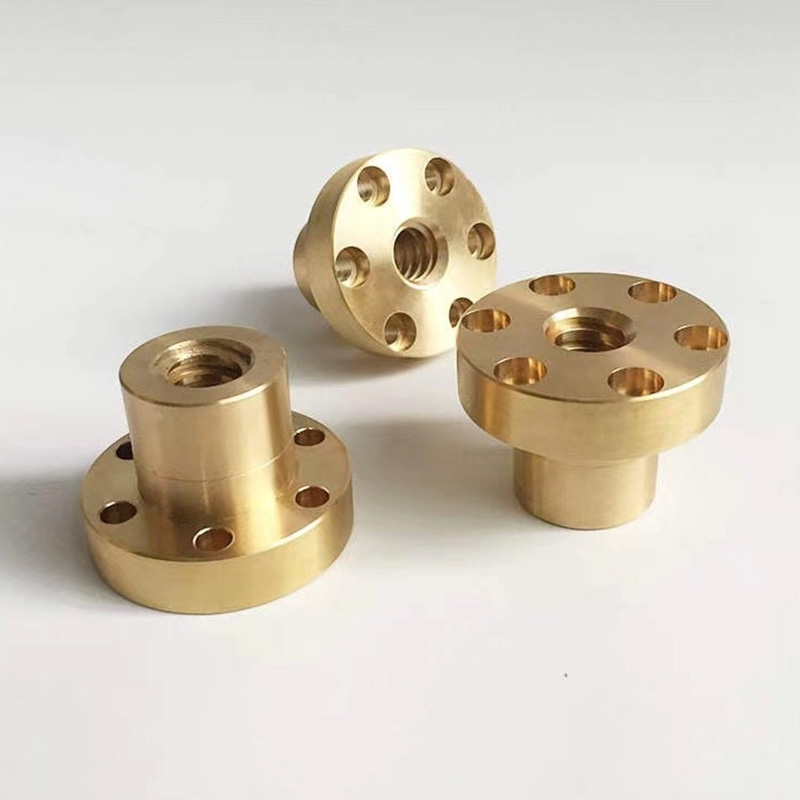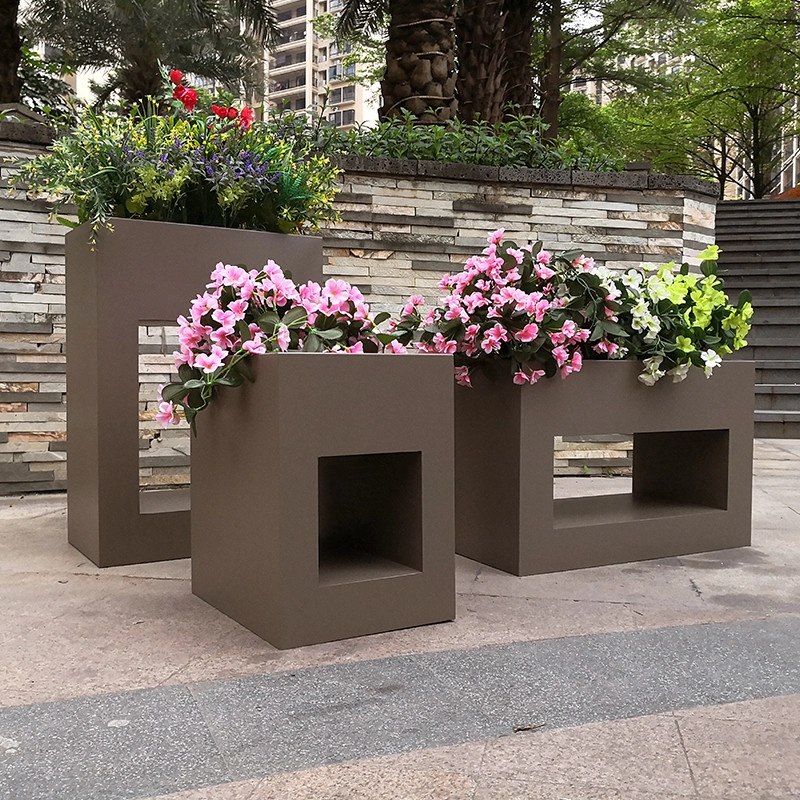4 Essential CNC Turning Tools for Precision Work: Solutions & Case Studies
The Precision Problem in Modern Machining
Vibration becomes a critical issue when overhangs exceed 4× the tool diameter, directly impacting surface finish and dimensional accuracy. Harder materials like Inconel or titanium amplify these challenges. Additionally, intricate features such as internal threads or micro-grooves demand specialized tooling strategies beyond standard inserts.
Our team’s 2025 analysis of failed rocket nozzle prototypes revealed that 40% of errors originated from inadequate tool selection for deep-bore threading—not design flaws. This highlights how CNC turning parts live or die by tooling choices.
4 Essential Tools for High-Accuracy CNC Turning Parts
1. Dampened Boring Bars for Deep Reaches
Internal turning with long overhangs? Standard bars chatter. Dampened boring bars incorporate vibration-absorbing materials (often tungsten particles) that suppress resonance. Sandvik Coromant data shows these enable 300% deeper reaches versus solid bars while improving surface roughness by up to 50% :cite[3].
Best for: Fuel injector bodies, hydraulic cylinders
2. Thread Turning Inserts vs. Thread Mills
<
| Feature | Thread Turning Inserts | Thread Mills |
|---|---|---|
| Process | Linear cut on rotating workpiece | Helical interpolation |
| Material Flexibility | Soft to medium alloys | Hardened steels, titanium |
| Setup Complexity | Low | High |
| Cycle Time | Faster for external threads | Slower but versatile |
| Accuracy | ±0.05mm | ±0.025mm |
Thread turning excels for high-volume external threading. However, internal threads in hardened materials often require thread milling to avoid insert fracture :cite[2].
3. Micro-Turning Tools for Miniature Components
Watch gears or medical pins need sub-millimeter precision. Swiss-type lathes with 0.001mm-resolution systems achieve this. Beckhoff’s TwinCAT CNC controllers enable micro-turning for watch components under 1mm diameter with micron-level tolerances :cite[5].
4. iMachining Adaptive Toolpaths
SolidCAM’s algorithm dynamically adjusts feed rates and cutting angles. This maintains constant chip thickness, reducing cycle times by 70% and extending tool life 5×—even on hard alloys :cite[8].
Ideal for: Batch production of CNC turning parts like valve stems or couplings.
Step-by-Step: Precision Turning for Rocket Engine Parts
When LURA needed combustion chambers for its “LOUIE” rocket engine in 7 days, RapidDirect executed this workflow:
- Material Prep: Cut 6061-T6 aluminum billets with 10% extra stock for stress relief
- Rough Turning: Used iMachining toolpaths to remove 80% material in 40% less time
- Fixture Design: Custom jaws to hold thin-walled sections during finish passes
- Thread Milling: Cut internal M6×1 threads at 30° angles using 5-axis positioning
- Final Inspection: CMM verification against ±0.07mm tolerance specs :cite[10]
All 18 parts were delivered in 7 days, enabling podium success at the Spaceport America Cup.
Warning: Avoid These 3 Turning Mistakes
Mistake 1: Using single-point tools for deep internal threading → Causes deflection and dimensional drift
Fix: Switch to thread mills or gun drills for L/D ratios >5×
Mistake 2: Ignoring machine rigidity when selecting tools → Vibration ruins finish
Fix: Use dampened bars for overhangs exceeding 4×D :cite[3]
Mistake 3: Defaulting to “standard” feeds for exotic alloys → Premature tool wear
Fix: Reduce baseline speeds by 40% for titanium or Inconel
Precision Turning Checklist Before Machining
- ☑ Verify tool overhang is <4× diameter (use dampened bars if longer)
- ☑ Program trochoidal paths for pocketing hard materials
- ☑ Select insert grade matching material hardness (e.g., CBN for >45 HRC)
- ☑ Schedule tool changes at 60% of predicted tool life for critical features
- ☑ Simulate toolpaths for collision avoidance in complex geometries
FAQs: CNC Turning Parts Expertise
Q: Can standard CNC lathes hold ±0.01mm tolerances?
A: Only with temperature-controlled rooms and high-resolution encoders. Most shops guarantee ±0.025mm.
Q: Which is better for aluminum – carbide or diamond inserts?
A: Diamond (PCD) lasts 20× longer when cutting abrasive silicon-aluminum alloys.
Q: How thin can wall thickness be on turned parts?
A: With live tooling support, 0.5mm walls are feasible in aluminum; 1.0mm minimum for stainless steel.
Explore our full range of precision CNC turning parts capabilities for your mission-critical components.







